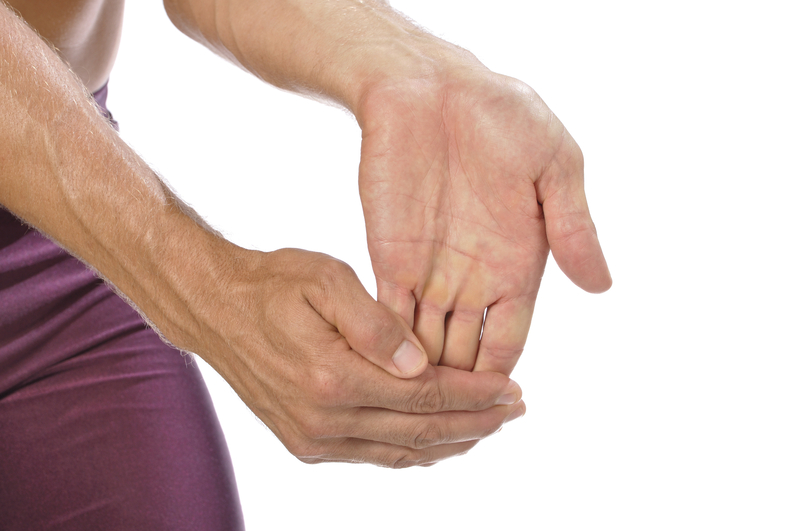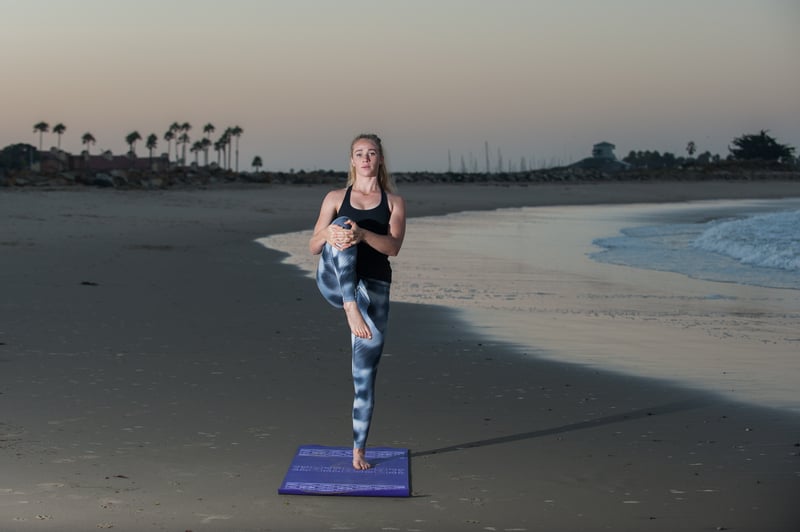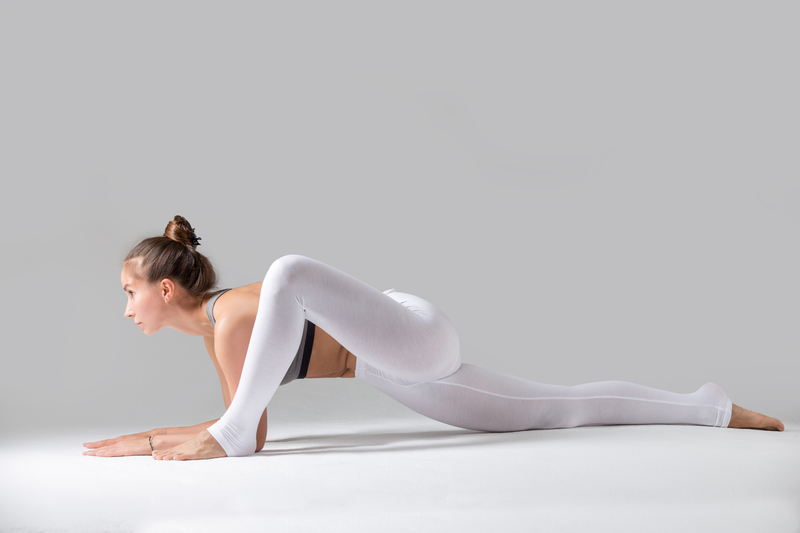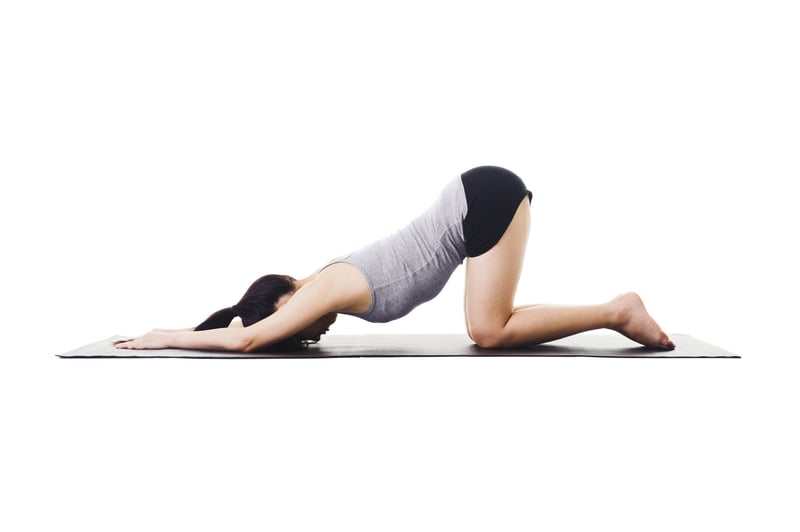Mobility vs. Flexibility: What’s the Difference & Why It Matters?

The terms mobility and flexibility get tossed together a lot and can seem almost interchangeable—except they’re really not. When it comes to mobility vs. flexibility, there are some benefits to each, and they should both be on your regular exercise list.
When you think mobility, think joints. When you think flexibility, think muscles. Yes, it’s more complicated than that, but we’ll break it down for you below:
What is Mobility?
Mobility can be defined as your ability to move freely. Being mobile means you can move your joints through full ranges of motion without undue tightness or pain.
The ultimate goal is to be able to move your body freely without encountering pain or tension. Actively working to free your joints, muscles, and ligaments can help you stay loose and move through the full range of motion in your daily activities.
- Avoid Impingements and Tightness—when you don’t encounter impingements and tightness (which can be muscle, fascia, tendons, ligaments, or even scar tissue), your joints can move on their intended paths easily and without force.
- Move Freely—this freedom of movement helps you avoid injury because your joints are properly aligned. That means less strain and pain and less likelihood of getting injured. If you can stay injury- and restriction-free as you move through your daily functions, that is a long-term win.
- Optimize Your Performance—proper mobility also helps you perform at your maximum. Building on a platform of uninhibited movement will allow you to continue to improve your muscularity, strength, flexibility, and function.
What is Flexibility?
Flexibility is how far you can temporarily stretch your muscles and joints without encountering pain or resistance.
While some folks are naturally more flexible than others, it’s something anyone can improve. And the more flexible you are, the more youthful your body will seem.
- More Flexibility Means Less Pain—if you’re flexible, that means you’re not stiff, and a lot of pain stems from stiffness. Imagine having a back, hips, and legs that move fluidly without any hint of tightness, allowing your muscles to stretch and move without inhibition.
- Proper Alignment—another great benefit of being flexible is that your body can naturally align itself. When your body isn’t faced with pain and tightness, it doesn’t need to create tension and stiffness.
- Less Injury—when your body is aligned and limber, you’re much less likely to suffer injuries. Injuries arise from chronic stiffness, which pulls things out of alignment, causing overuse and compensating muscles to kick in and incorrect movement pathways to develop.
- Better Balance and Posture—when you can stretch and move with ease, and your muscles don’t restrict movement due to tightness, your posture will naturally improve, as will your ability to balance.
Why Does It Matter?
It’s important to be both flexible and mobile.
Whereas flexibility training is going to help you lengthen your muscles and loosen up your fascia, doing mobility exercises is going to help you move your body and joints into (and out of) positions easily. The more mobile and flexible you are, the less pain and injury you’ll encounter. You’ll also get much better results from your exercise programs and put on muscle mass evenly, which will help you across the board with stance, posture, balance, and functionality.
Try These Mobility Exercises
1. Deep Squats

Start by standing in a wide stance with your feet pointed slightly outward. Bring your hands together in front of your chest. Bend your knees outward, following the path of your toes until your hips have dropped down as far as they can go. You’ll feel a stretch throughout your hips, pelvic area, lower back, knees, and ankles. Stay in this position for a count of 10 and then push through your heels to straighten back up to standing.
BREAKING: Forget Taking Collagen, Try This 21-Second Trick for Healthier Skin & Hair Instead
2. Wrist Stretches

Begin by bringing both arms out in front of you, keeping them straight. With your left hand, grab your right hand and bend it down until you feel a stretch through the back of your wrist. Hold for five seconds. Then, place your left hand under your right palm to bring your hand up and back until you feel a stretch through your inner wrist. Hold for five seconds and then repeat on the opposite arm.
3. Ankle & Knee Lunges

Start by standing in front of a small platform (about 6 – 12 inches off the ground). With your right foot, take a small step up onto the platform. Next, push your knee gently forward as far as it will go until you feel a good stretch through your ankle, Achilles tendon, and knee. Hold for a count of five and then push back through your heel to straighten your leg again. Do 15 consecutive repetitions for each leg.
4. Hip CARs (Controlled Articular Rotation)

This exercise will open your hips nicely. If needed, brace yourself with your left hand against an immovable surface. Next, lift your right leg up in front of you, bending at the knee, until your thigh is parallel with the ground. Then, move your knee all the way out to your side. Lastly, rotate your leg so your foot is pointing behind you, and then bring your leg back down to a standing position. Repeat on the opposite side.
5. Over and Backs
This will require a lightweight band. This phenomenal stretch will help loosen up your upper back, chest, shoulders, and arms. It can also help prevent injury. Start by standing with your feet about hip-width apart. Grasp a band with one end in each hand, arms straight. Now, bring the band up and over your head, moving behind your head and bringing the band all the way down to your lower back. Move back up and over your head and down to the front of your body again to complete one set.
Try These Flexibility Exercises
6. Crossover Hamstring Stretch

This will help lengthen and loosen the hamstrings, which are often the culprit when it comes to stiffness and tightness. Stand with your feet together, legs straight. Bend at the waist and touch your left toes with your right hand. Then touch your right toes with your left hand. Go back and forth for 60 seconds.
7. Lizard Pose

Start by taking a giant step forward with your right leg to bring your body into an exaggerated lunge position. Place your right hand on the ground on the inside of your right leg. While keeping your torso elongated, move down both forearms and hold this position for a count of five. Return to the start and repeat on the opposite side.
8. Chest Stretch
Start by standing in a doorway with one hand, palms forward, on each side of the doorframe. Gently lean forward while keeping your arms straight to experience a full stretch through your chest, shoulders, arms, and forearms. Hold this position for a count of 10 and then release. Repeat five times.
9. Puppy Pose

This stretch helps extend your spine and release tension in your lower back while also stretching your lats, shoulders, and arms. Start on your hands and knees with your hands, palms down, directly under your shoulders. Walk your hands out in front of you as you move your hips back toward your feet. Spread your fingers wide. Your torso should form a straight line from your hips to your hands. For an additional stretch through your chest, you can drop your chest down toward the mat before walking your hands back up until you’re at the starting position again.
Remember, you’re only as young as your body is limber. So, stay youthful by regularly including both mobility and flexibility exercises in your workouts.






